Sent to Download festival in 2003 to cover the festival for the NME, photographer Sanna Charles ended up falling in love with the thrash metal band Slayer, who were headlining, and their legions of dedicated fans. So much so she found herself embarking upon a ten-year project photographing them, that’s just been released by Ditto Press. Travelling across Europe to photograph them at festivals and gigs, in the mosh pit and in their homes, the project slowly evolved into a time capsule document of metal heads as a whole, peeling back the preconceptions of the subculture to record the codes of the tribe in an honest and humorous way.
What was your experience of Slayer and their fans before you started this project?
Growing up in London I had the opportunity to experience so much music, and there’s a lot of crossover between different scenes. I was into rock and punk and was hanging out at The Crobar in Soho, this was probably where I was properly introduced to Slayer’s music and the people who love it.
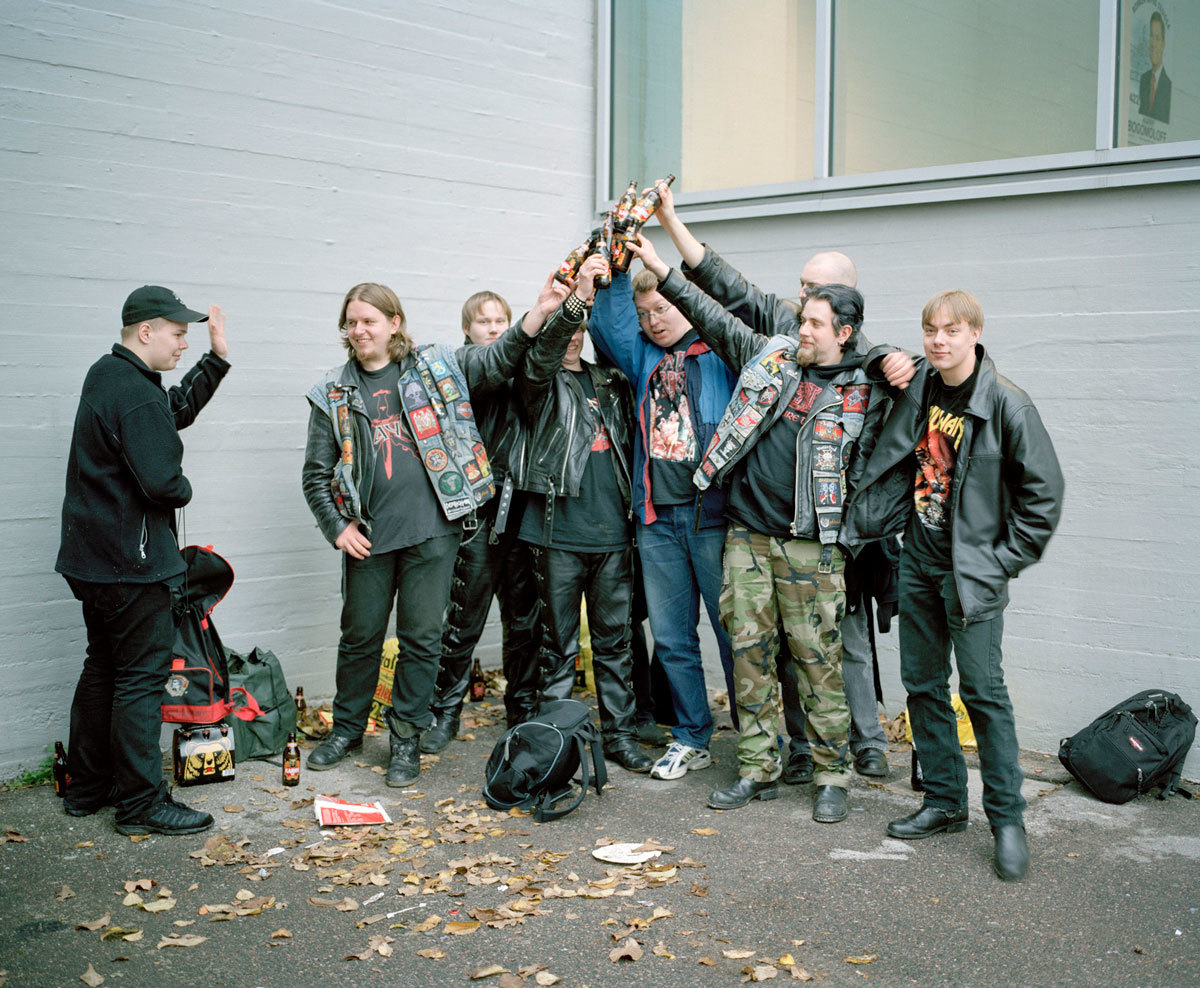
What drew you to continue to shoot the band’s fans for ten years?
At that time I was looking for a project to work on for the long-term and coming from a background in music photography I’ve always loved the excitement of being a part of a music subculture… it’s a family of sorts. With Slayer fans the music is aggressive and in the pit people really let off steam, but away from the front row it’s another story; people hanging out with their friends, there’s this overexcitement and anticipation, an atmosphere of pure fun. I wanted to give myself the opportunity to just walk around and photograph people before and after the shows and capture that energy.
Did you notice much in the way of change during that period? Metal fans are usually stereotyped as very conservative, never progressing or changing?
It’s a difficult question, because in that time I’ve made lots of friends from hanging out at gigs. Maybe doing the photos made me look at metal fans differently… I guess I had an outlook of a certain stereotype initially but that was quickly changed when I met some really open-minded people. The scene has changed in the sense that more people are enjoying the music, and there are more women involved. But the heavy metal scene is in some ways stuck in a time warp, especially in the way fans respond to the music.
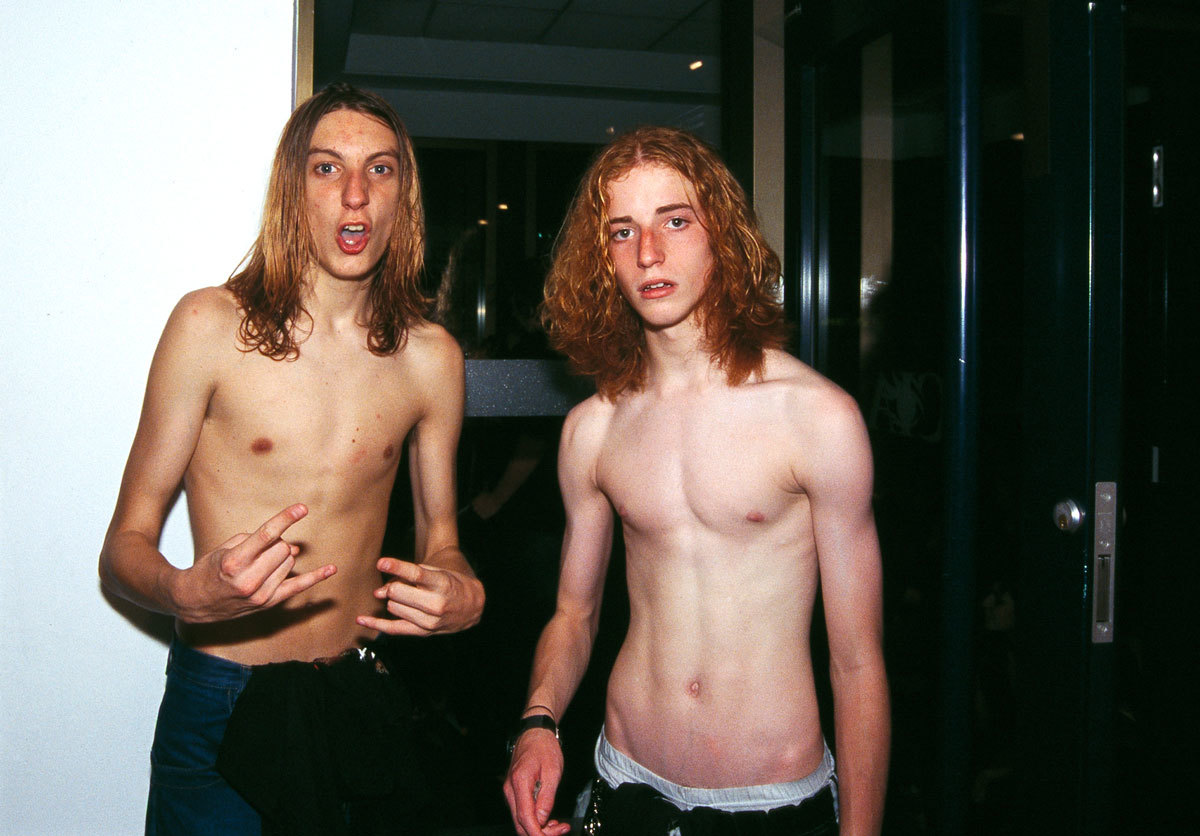
Do you see this project as a portrait of Slayer fans, or can you widen it out, as a document of metal heads as a whole?
It definitely broadened out, which was probably due to the fact that I wasn’t always asking people if they were there to see Slayer, though the answer in most cases was a given. I wanted to document the experience of being at an event with thousands of people who are united by a love of heavy music, and maybe what makes metal festivals different to other music festivals is this sense of unity and understanding, it makes for a very relaxed atmosphere.
What was most surprising in your encounters with Slayer fans over the years?
I suppose just how happy and willing some where to help a fellow Slayer fan out. In the process of arranging how we were going to manage on the tour, I got on some Slayer forums and posted a kind of advert asking people if they wanted to meet in the town before the gig. Some of the meetings were a little awkward, feeling more like a blind date than anything else, but in a few cases we were offered places to stay and shown around town. I think I was surprised how warm Slayer fans can be, but then London can be a cold place to live and I do find that, as a whole, people outside of London are really warm and friendly, whether they’re into Slayer or not.
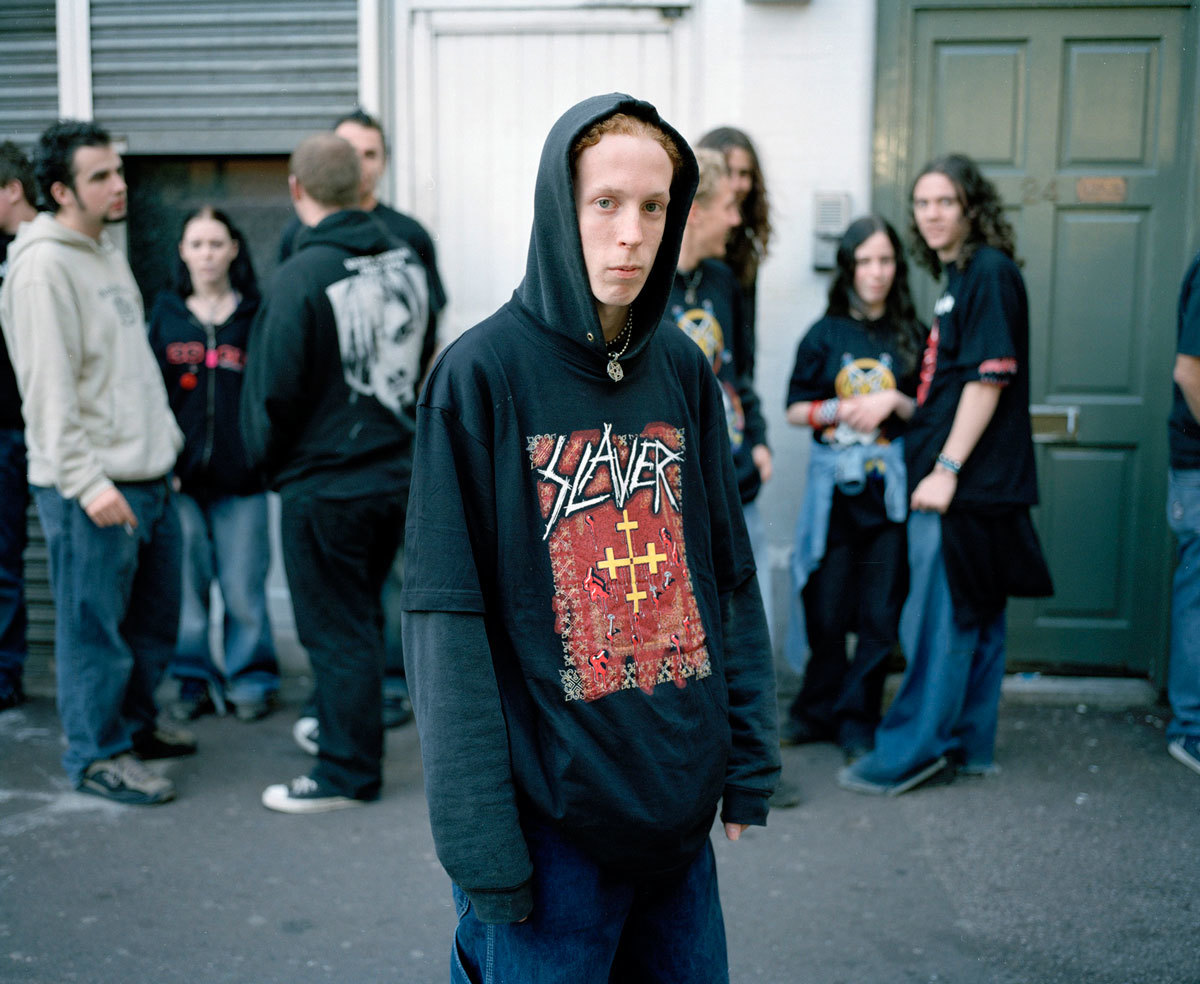
Did you become friendly with Slayer fans?
Yes, the head of the Russian Slayer Fanclub, based in Moscow stayed in touch, he ended up contributing some text to the book. Another friend who also contributed text was someone I met either at a Slayer show or in the Crobar, he has an amazing all-Slayer patched battle vest which he used to wear all the time but has now been resigned to the back of the wardrobe gathering dust and mould. He allowed me to use this vest in the Ditto exhibition for the book’s launch.
There’s obviously a fashion element to the way Slayer and metal fans dress, was this something you were interested in?
I was always very impressed in the time and effort a lot of metal fans go to in patching their battle vests and jackets. Battle vests have been around for decades and studded arm cuffs and heavy leather jackets and all that biker style wear… so a part of me did look for that in the younger fans. If you look at the documentary Heavy Metal Parking Lot from 1986, I would say the style is very particular to America, the cropped metal t-shirts on dudes you also see in movies like Rivers Edge, I don’t think that style really made it over to Europe. Europeans, or I should say Northern Europeans, have to deal with shitty weather so they’re less likely to cut a much loved shirt down to size. A lot of metal fans tend to take fashion tips from their idols and after photographing bands for a few years I began to appreciate the individual subtleties of how their fans dress. If you’re in a music scene or part of a subculture there’s an element of uniformity to it, but what’s important is how you make it your own and a lot of that is really about creating an identity through what you wear. For some it’s very theatrical, for others it’s downplayed and a bit grunge.
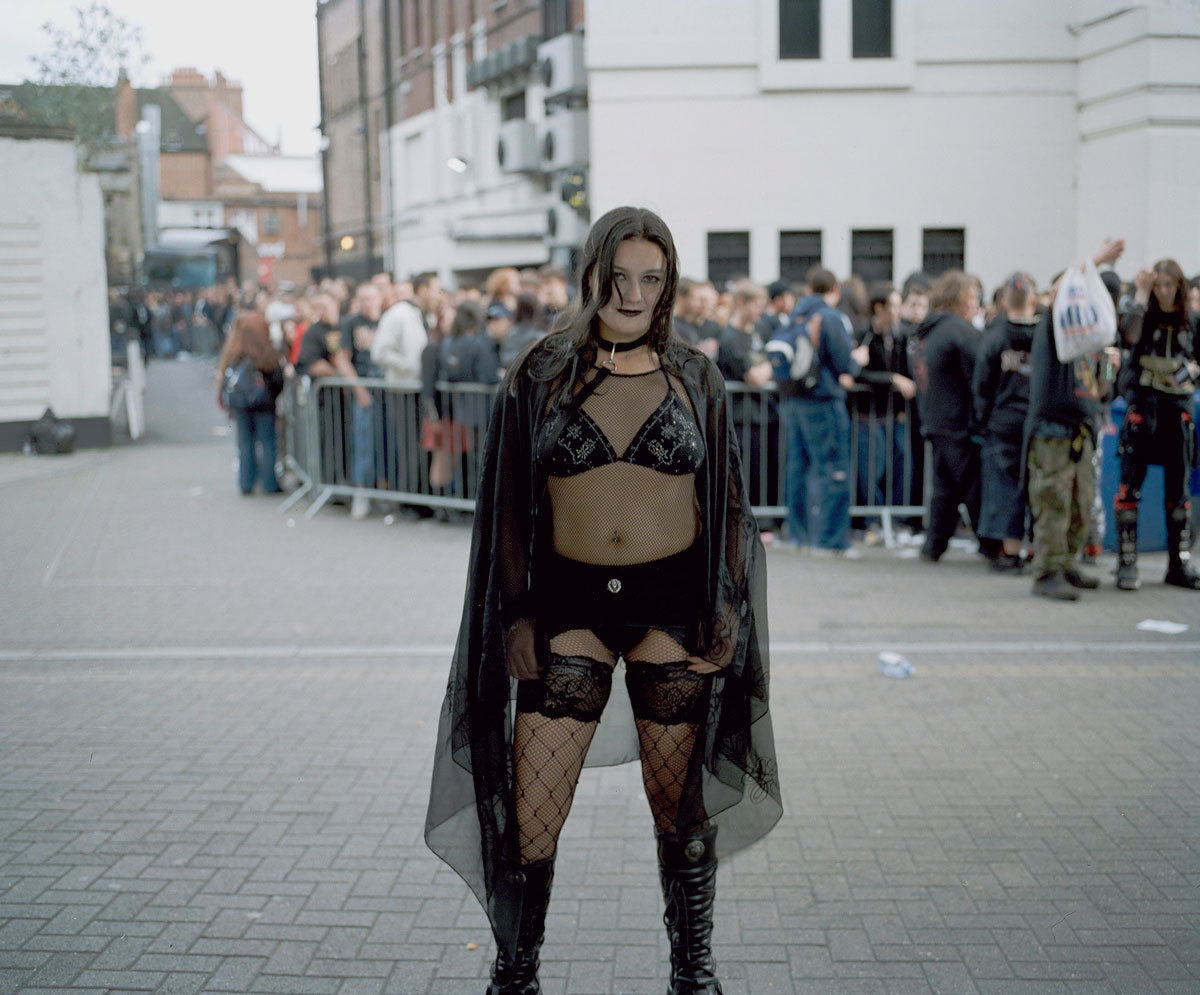
How important was it to contextualise the subculture with their fans’ thoughts and memories about the band?
I wanted to include some text but didn’t want it to be too theoretical, either about Slayer or about photography. The text needed to come from a fans perspective. There was a concern that the texts would be a bit repetitive, as fans are generally very positive about the bands they love, but I was relieved when I received the text from Sadistik Fornicator (who is also the friend who loaned me his Slayer battle vest) as it offers a slightly critical fan perspective.
And equally, how important was it to show the fans outside of the context of the show and photograph them in their homes?
Because the project spanned such a long period, there were times when I just wanted to photograph people somewhere else that wasn’t the street outside of the venue, so asking if I could go to their home seemed the obvious choice, plus I’m pretty nosy. I’d like to think those images help to offer a personal component to the narrative of the book, as much as they bring a sense of normality to the chaos.
Buy God Listens To Slayer from Ditto Press here.
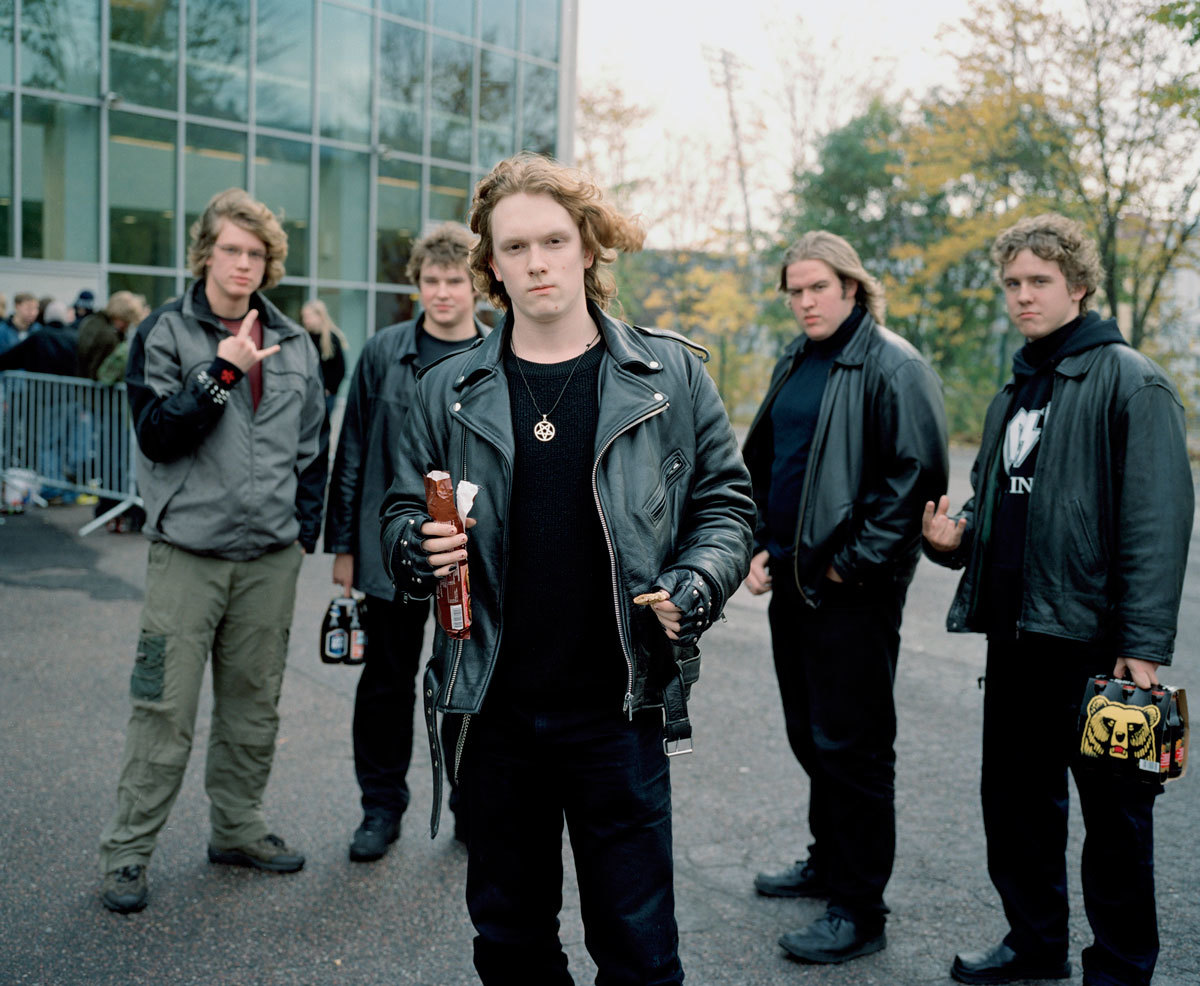

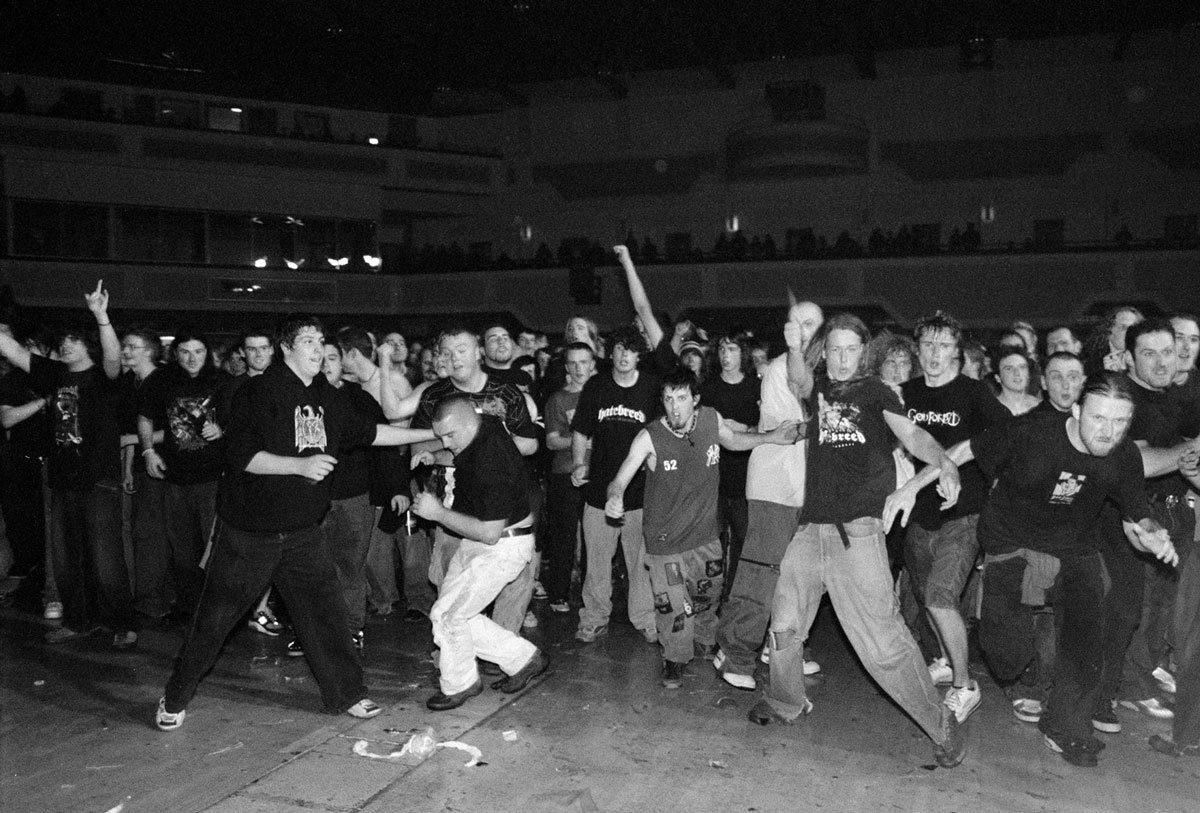
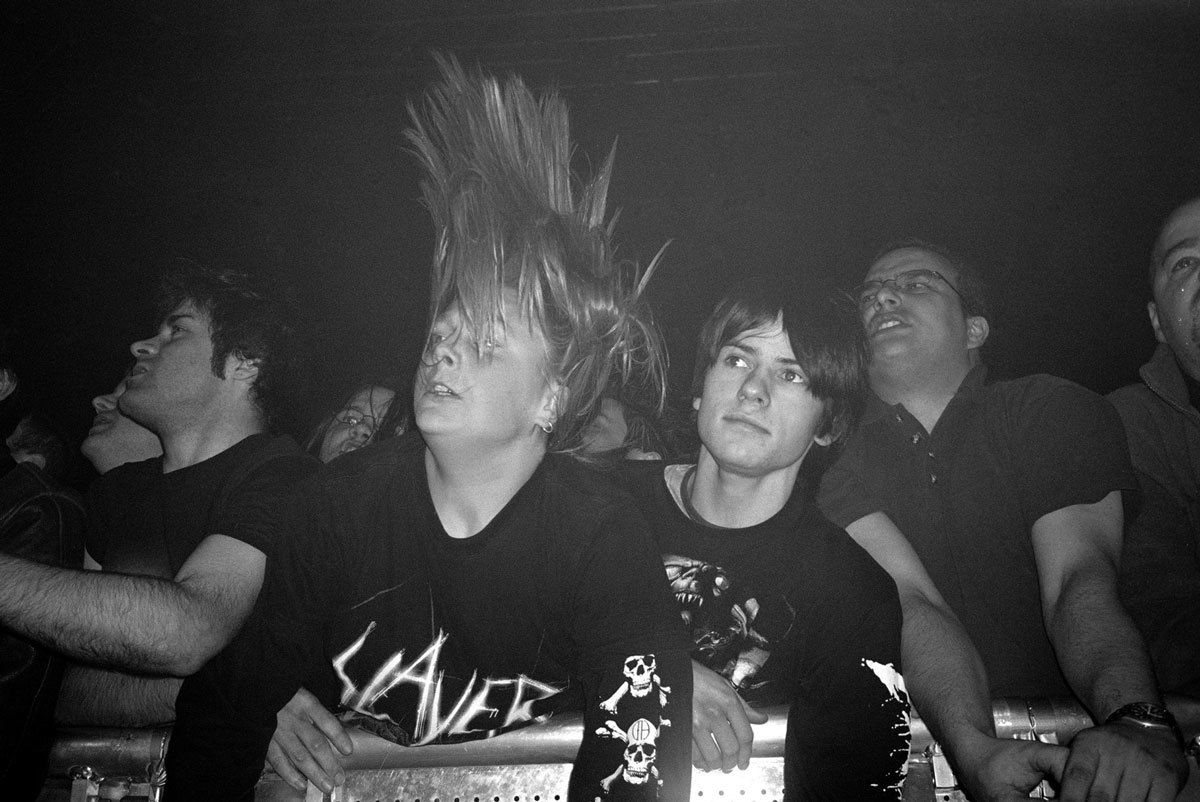
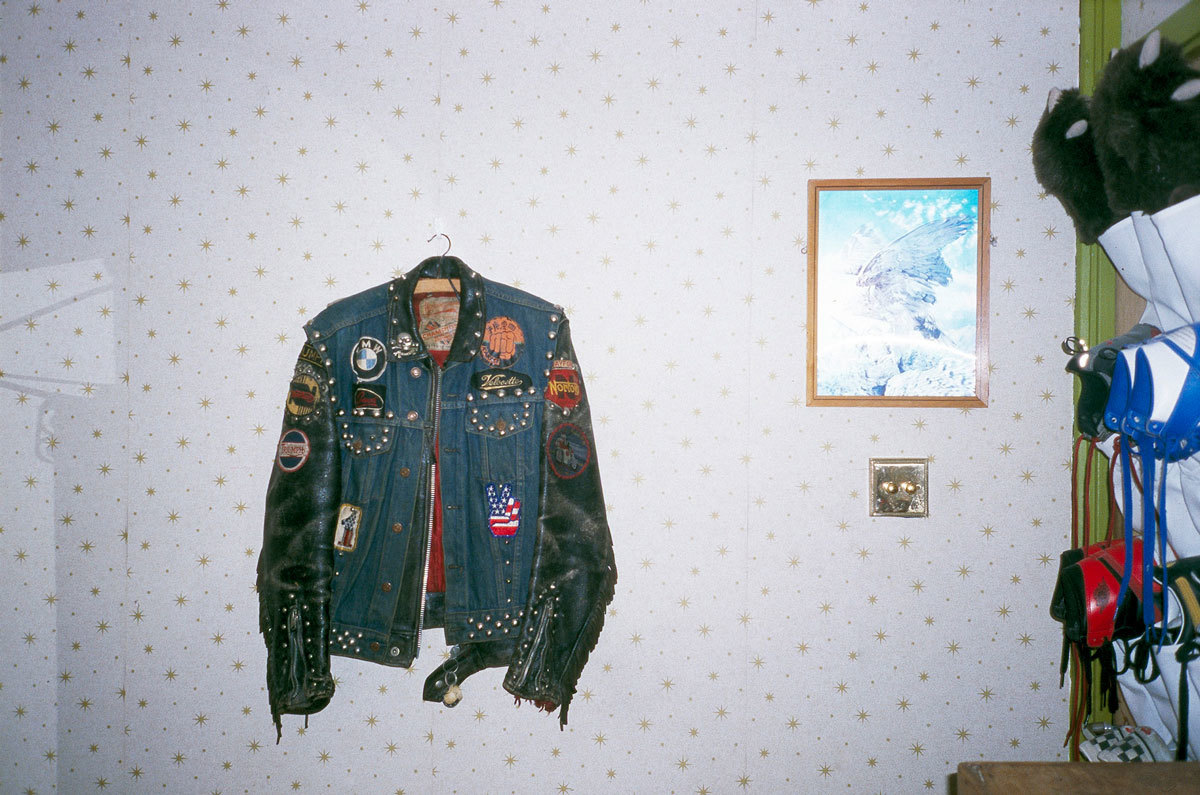
Credits
Text Felix Petty
Photography Sanna Charles, courtesy Ditto Press
